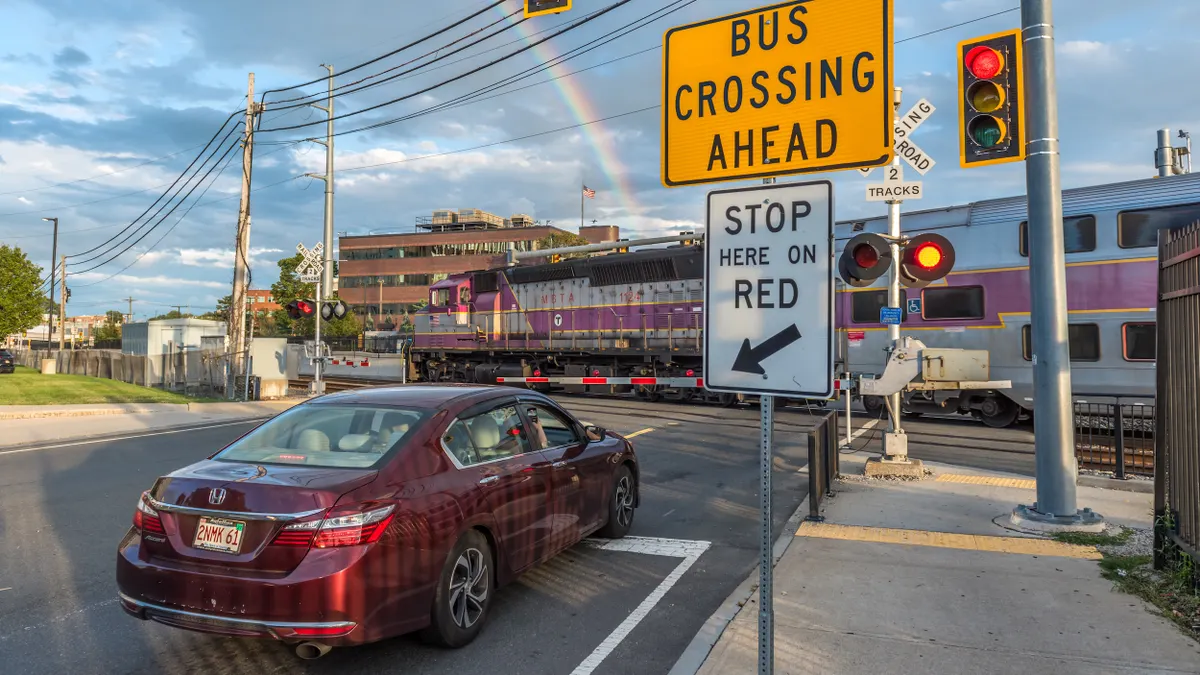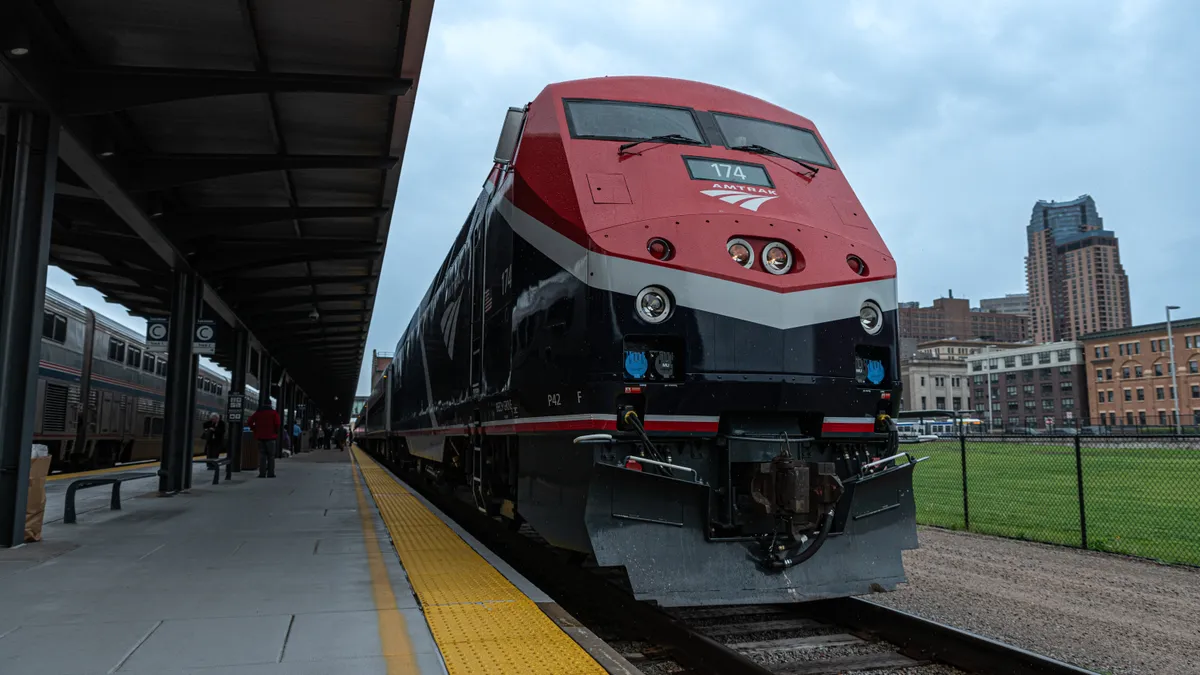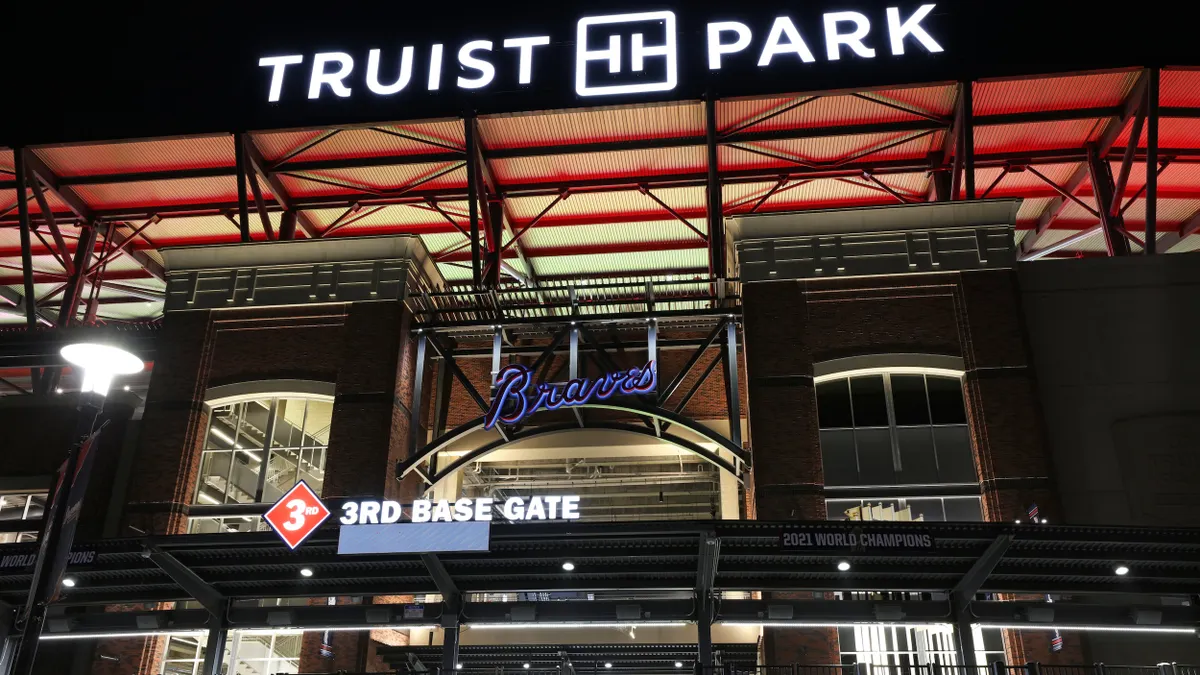DENVER — A regional, collaborative approach to innovation is key as cities look to advance, speakers said on the first day of the Smart Cities Connect conference in Denver.
With cities facing issues as varied as traffic congestion, air quality and homelessness, while innovations around mobility and the gig economy are causing uncertainty, many speakers called for a greater sense of collaboration, both regionally and with residents.
"Problems don’t see borders," Amanda Daflos, director of innovation for the City of Los Angeles, said during a keynote panel discussion.
Regional collaboration
Colorado sees itself as something of a leader on partnering across jurisdictional borders, as the Denver Regional Council of Governments (DRCOG) has driven regional collaboration for decades and the recently-formed Colorado Smart Cities Alliance looks to do similar collaborative work.
Others are taking notice. During a panel discussion, Kansas City, MO Chief Innovation Officer Bob Bennett said Denver and Colorado’s regional approach is "the envy of a lot of us out there."
That regional approach takes many forms, but is especially important when looking to mitigate traffic congestion and find solutions. Denver and its surrounding areas suffer from choking traffic at times, with knock-on effects felt regionwide, especially if there are accidents that slow things down during peak hours.
"It's great if our highways work really smoothly, but if you're waiting 30, 40 minutes to get onto the highway, we haven't really solved that problem holistically," Emily Silverman, smart cities program manager at the city of Denver, said during a panel discussion.
The likes of DRCOG and its partners have thus been working on strategies such as a mobility blueprint to map out how people can get around in the future. Meanwhile, Bret Waters, deputy chief of staff at the city of Colorado Springs, CO, said the region has gotten smarter on its contract procurement to ensure there are uniform standards and interopability, so technology to reduce congestion can work beyond jurisdictional lines.
Thinking beyond jurisdictional lines also helps when looking to use technology to help rural communities, something that is increasingly important given the growing urban/rural digital divide.
"We don't all live in incorporated municipal cities,” Glenn Ricart, Chief Technology Officer at US Ignite, said. “Some of the advantages that we've managed to create in the past several years in the smart and connected cities movement is to be able to take those advantages and bring them to other places."
I love this - the first head-mounted display from 1968, the forerunner to VR etc. Funny how technology changes, but also stays the same in some ways #scc19 pic.twitter.com/gmpRCtR0Ci
— Chris Teale (@chris_teale) April 2, 2019
On stage, one group illustrated what it looks like to bring technological innovations to more rural areas. A team from North Carolina State University put together an initiative where students at rural schools are given virtual reality (VR) headsets, through which they can watch science experiments and research being carried out by experts in real time.
While such work may have been inaccessible to rural students in the past due to budgetary and travel constraints, the headsets have enabled them to study areas like neuroscience and watch demonstrations from the likes of NC State’s Underwater Robotics Club. It is all a big shift from relying on the internet for impersonal research. "It was only 10-15 minutes, but it was an amazing thing to witness in person," said Michael Cuales, associate director in distance education and learning technology applications at NC State and one of the leaders of the initiative.
The headsets will not replace in-person educational opportunities, but Cuales said such initiatives can help inspire the next generation of STEM enthusiasts and close the opportunity gaps that may exist between students.
"The most promising thing here is as we see higher resolutions and higher frame rates, VR starts to trick our brains into believing that what we're seeing is reality,” he said. "Essentially, that establishes a really interesting premise that we can create meaningful relationships and memorable relationships with STEM professionals in the field."
Citizen collaboration
While working as a region is crucial for cities, speakers said it's just as important to ensure there is buy-in from residents on innovations.
"You can create all the great technology in a vacuum, but if you don't understand how that technology interfaces with people in our cities and communities, it's all for nothing," said Erwin Gianchandani, deputy assistant director for the directorate of Computer and Information Science and Engineering at the National Science Foundation (NSF).
The idea of innovating first and foremost to help residents’ quality of life can take many forms, even subtle ones. During an opening keynote address, Denver Mayor Michael Hancock recalled when he first came into office in 2011, average wait times at the city’s Department of Motor Vehicles (DMV) locations averaged one hour and 20 minutes. By encouraging innovation from employees, that average time is now 18 minutes.
While the city’s overall smart initiatives have saved taxpayers around $30 million since 2011, there is more to it than just the bottom line: it is a shift in mindset, Hancock said.
"That mindset has led us to embrace being a smart city, not just to save money, but to improve the health, mobility and safety of everyone who lives in Denver, works in Denver, or visits Denver," he said.
For NSF, which funds research grants across all areas of science including its Smart and Connected Communities initiative, that engagement is also about ensuring that every voice has a seat at the table and everyone’s strengths are played to, especially considering there are stakeholders in many different areas of science.
"It really is an interdisciplinary challenge, so being able to manage across those disciplines and pull those disciplines together, being able to pull together various institutions, being able to pull together various community entities is also a fundamental bedrock of our Smart and Connected Communities effort," Gianchandani said.
One major example of that collaborative, interdisciplinary effort is in Salt Lake City, UT, where the first Platforms for Advanced Wireless Research (PAWR) opened in the city to allow researchers to test everything from communications technology to autonomous vehicles (AVs). PAWR, which is centered at the University of Utah’s campus, has input from a consortium of 29 partners including the four major wireless carriers, and Gianchandani said it could be a game-changer as cities research the effects of new technology and how it can be used in the future.
“Problems don’t see borders."

Amanda Daflos
Director of innovation, City of Los Angeles
"It really is that coalescing of public and private resources, that coalescing of varied perspectives to be able to potentially move the needle in this case in research infrastructure that could change the game of wireless capabilities for our country for the next 5, 10, 15, 20 years and beyond," he said.
And while it can be tempting for cities to roll out new technology to make a splash publicly, speakers said that there must be a people-first approach to all investments.
"At the end of the day, this is about trying to understand what are the challenges, what are the key questions that our cities and communities are facing, and how do we turn those challenges into research questions and how do we then take those research questions and pursue fundamental research that we can then take the results of and pilot out those results with those same cities and communities where those challenges are taking place," Gianchandani said.
Competitive collaboration
Cities, the private sector and academia will have another opportunity to collaborate and compete in the new Civic Innovation Challenge, backed by the likes of the NSF, nonprofit Smart Cities Lab and the MetroLab Network.
During a speech introducing the new contest, Ben Levine, MetroLab’s executive director, said the challenge "aims to leverage social science, data and technology to address complex community challenges, enhance job growth and economic competitiveness and address equity in our communities."
Already, organizers hosted an ideas competition in which they asked university, city and community partners to identify problems and issues that participants should work on, with the majority being related to equity, especially its intersections with mobility and resiliency. Following on from that ideas competition, which Levine said was attended by around 400 participants, an ideas festival later this year will further scope out ideas to shape the challenge.
Similar to contests like the Smart Infrastructure Challenge led by smart city and technology strategy firm Venture Smarter, contest participants will be encouraged to work on a regional basis to find solutions to pressing urban problems, and also will need to engage with those in the public and private sectors as well as nonprofit and philanthropic ventures.
Levine said that a regional approach will encourage far greater cooperation and a more holistic approach to solving problems while also breaking down silos.
"Research teams will work across geographies on challenges, will learn from each other's findings and share best practices and approaches,” he said. “This collaboration will enhance the technical rigor of the research and also better prepare projects for impact and deployment in communities."




















